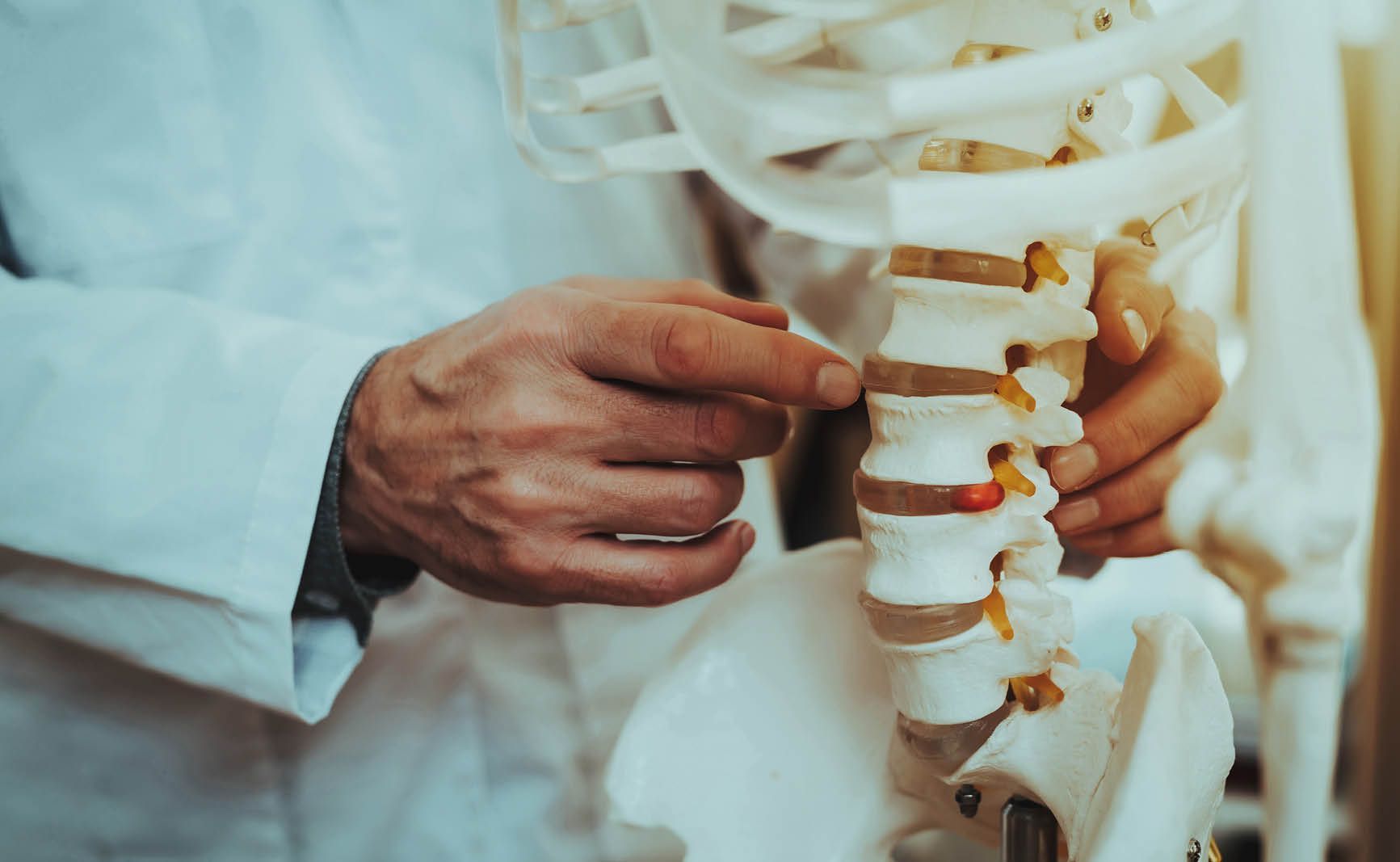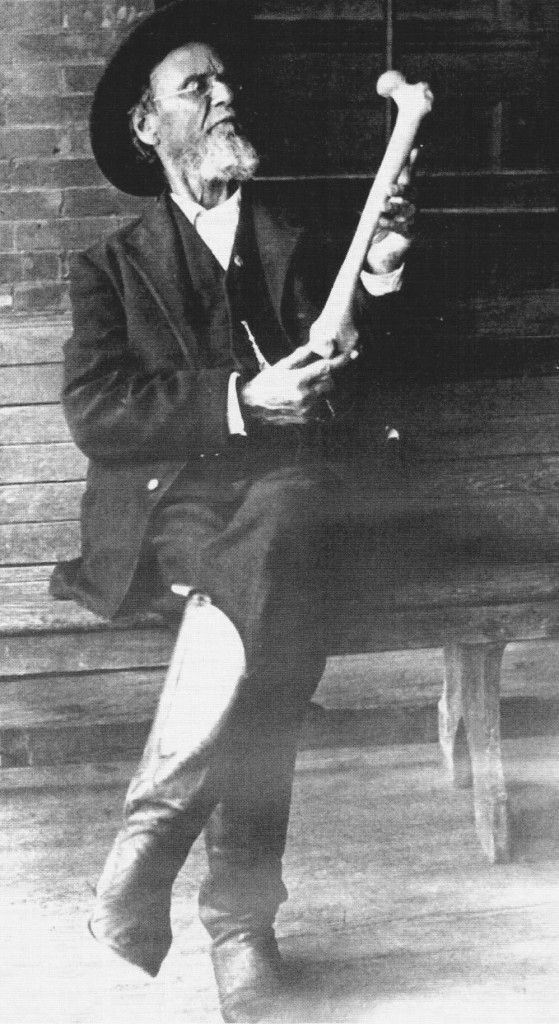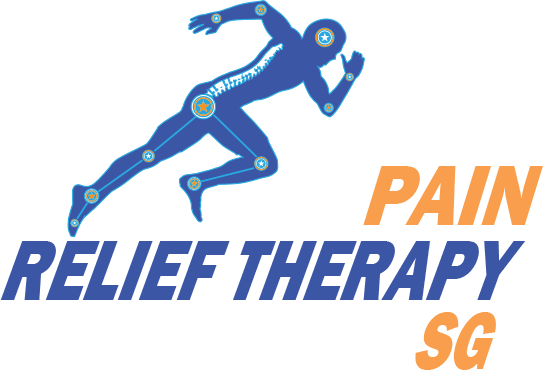A Historical Perspective on Osteopathy
Osteopathy's Evolution and Societal Influence Across History

Osteopathy has evolved significantly since its inception, remaining highly relevant and experiencing a growing demand in today's era of holistic care. Delve into the theories, philosophies, and milestones that have shaped this field and made it a vital component of healthcare.

Dr Andrew Taylor Still
In the late 1800s, Dr. Andrew Taylor Still founded osteopathy. As a physician and surgeon, he felt that invasive procedures and medication were ineffective after the tragic loss of his wife and daughters. This prompted him to develop a philosophy that emphasized the interconnectedness of the body and its innate ability to heal itself, advocating for non-invasive approaches to facilitate recovery.
The Osteopathic Philosophy
While the exact inspirations behind Still's theories and the development of osteopathy remain unclear, he extensively explored alternative therapies, adapting and incorporating concepts that he believed would benefit the body's healing process. Ultimately, he formulated the osteopathic philosophy, aiming to create an integrated approach that addresses the whole body.
Growth and Influence of Osteopathy
As Still's reputation grew, he established the American School of Osteopathy (ASO) in 1892. The school thrived, solidifying Still's practice, and attracting numerous individuals seeking treatment. In 1917, one of Still's early students, John Martin Littlejohn, brought osteopathy to London, establishing the British School of Osteopathy and further spreading its influence. This milestone elevated osteopathy as a legitimate profession.
Osteopathy Today
Since its founding, osteopathy has made significant strides, expanding its influence worldwide. It has gained recognition from the World Health Organization and is regulated in various countries, including France, Australia, and Switzerland. It's important to note that in the United States, osteopaths are considered medical doctors as they undergo medical school, while in other parts of the world, osteopaths may have different classifications and levels of regulation. Nevertheless, as the demand for holistic health increases, osteopathy remains a popular alternative to invasive medical procedures.
Furthermore, osteopathy has undergone rigorous reviews and scientific investigations to ensure that manipulative techniques used have a positive impact on health and enhance overall well-being. Interested individuals can explore systematic reviews and case reports published in the Journal of Osteopathic Medicine.
The Future of Osteopathy
Given the recent surge in osteopathy's popularity and prevailing health trends, this field will undoubtedly play a crucial role in addressing chronic pain issues and alleviating strain on healthcare systems, particularly in countries with ageing populations.
References:
A brief history of osteopathy. (2017, August 3). University College of Osteopathy.
https://www.uco.ac.uk/about-osteopathy/what-osteopathy/brief-history-osteopathy
Rita. (2023, May 22).
A Journey Through the History and Evolution of Osteopathy - London College of Osteopathy and Health Sciences. London College of Osteopathy and Health Sciences.
https://www.lcocanada.com/a-journey-through-the-history-and-evolution-of-osteopathy/
The Museum of Osteopathic Medicine | A.T. Still University | A.T. Still Biography. (2022). Atsu.edu.
https://www.atsu.edu/museum-of-osteopathic-medicine/museum-at-still


